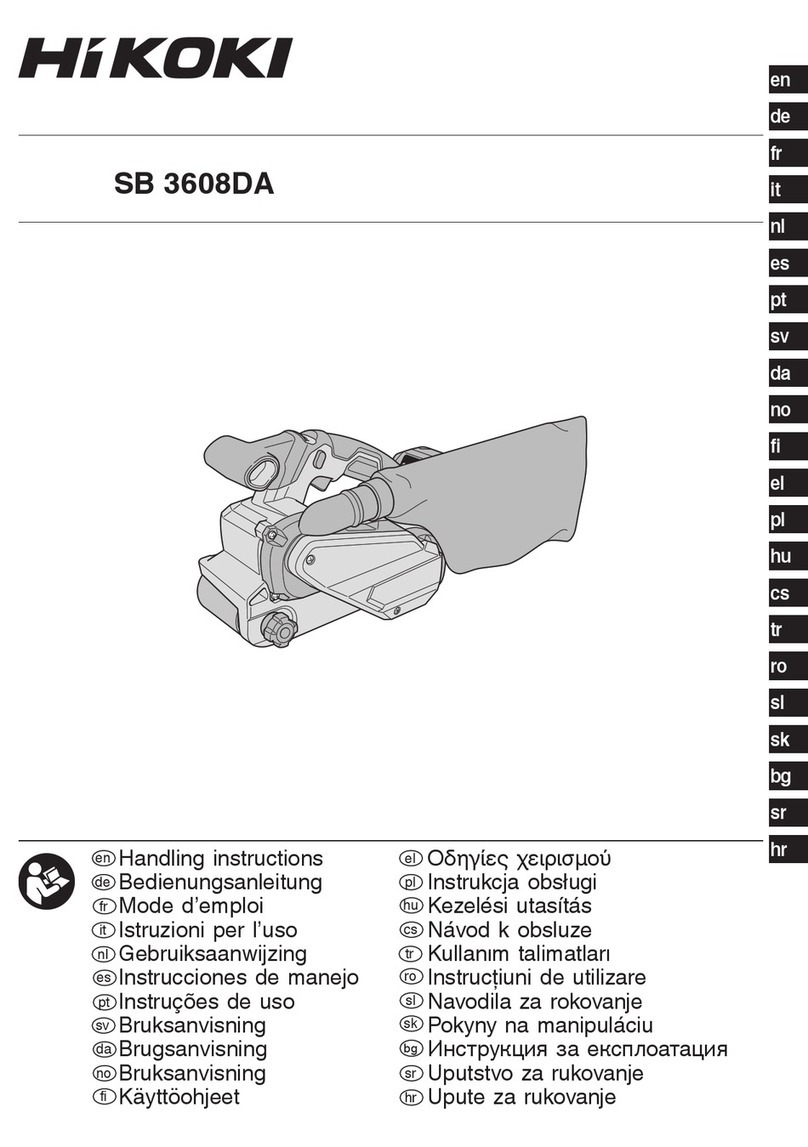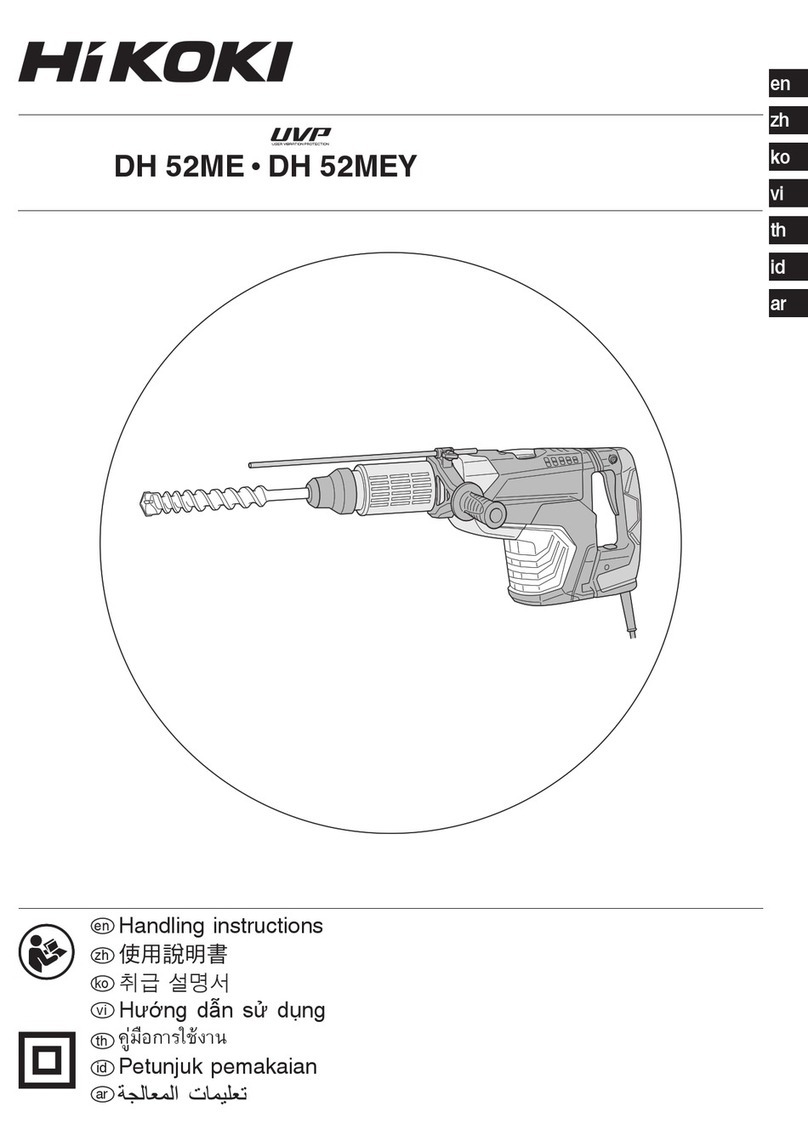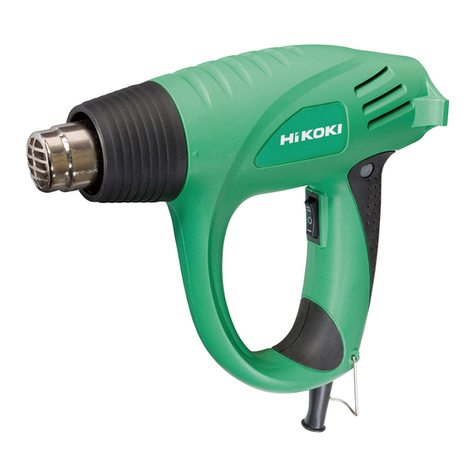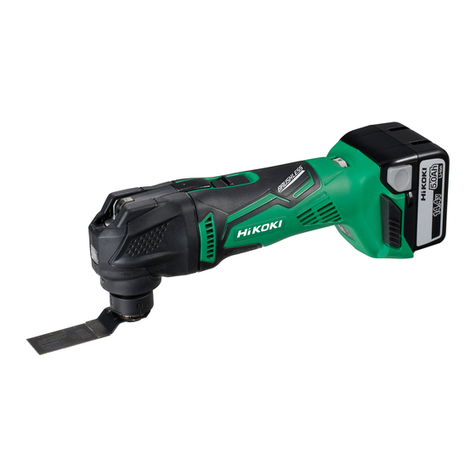HIKOKI C3605DYA User manual
Other HIKOKI Power Tools manuals

HIKOKI
HIKOKI WH 12DD User manual
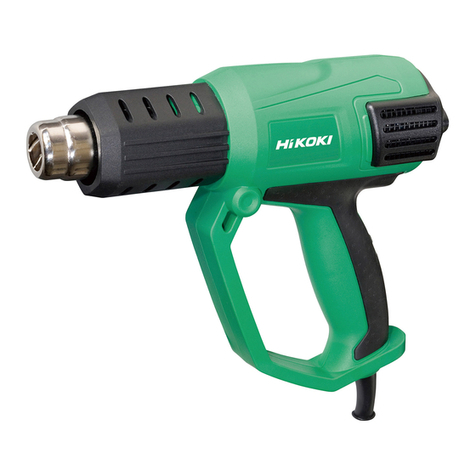
HIKOKI
HIKOKI RH 650V User manual

HIKOKI
HIKOKI WR 25SE User manual
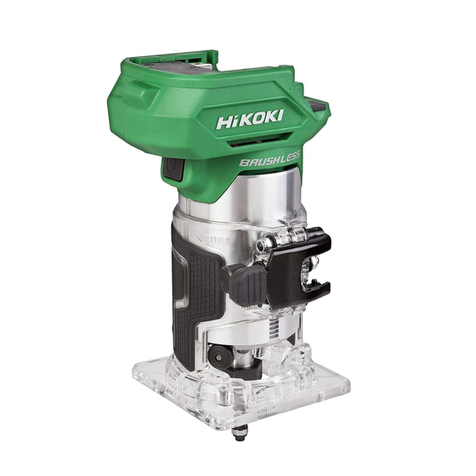
HIKOKI
HIKOKI M1808DAW2Z User manual
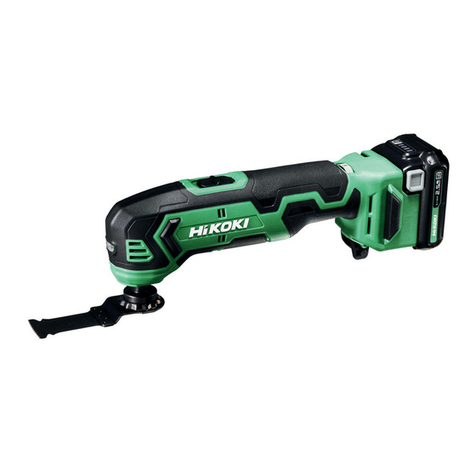
HIKOKI
HIKOKI CV 12DA User manual
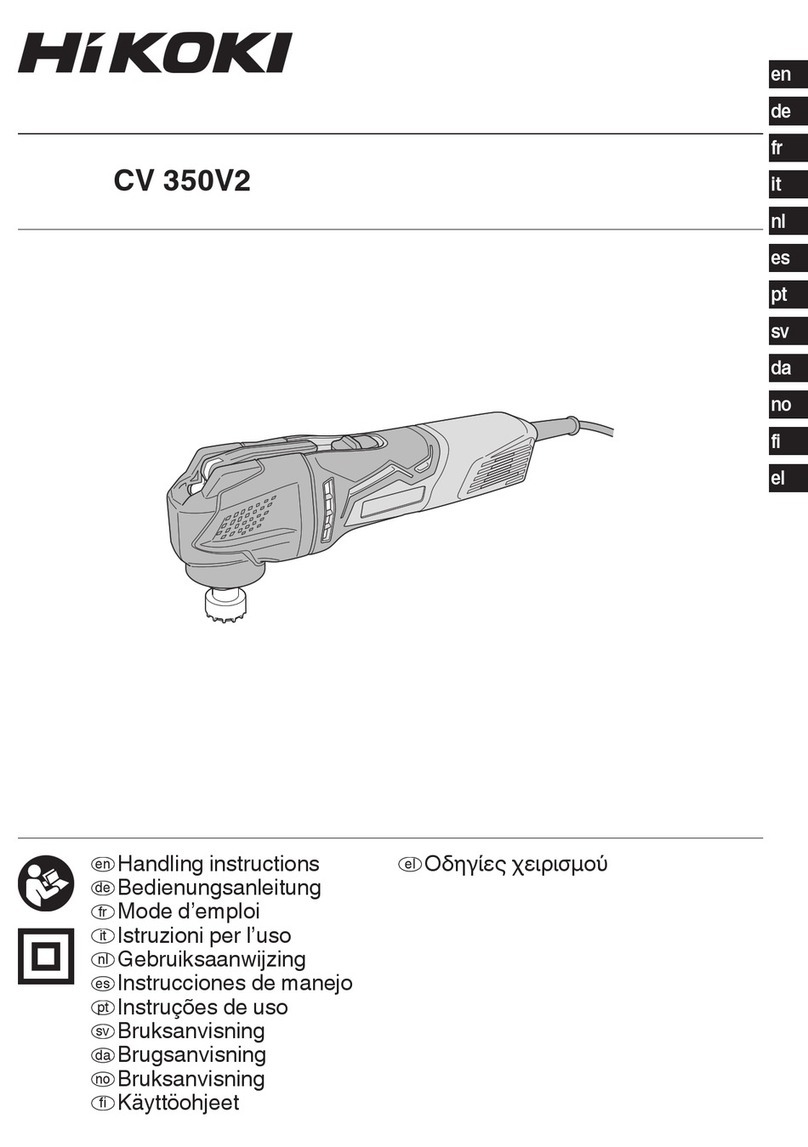
HIKOKI
HIKOKI CV 350V2 User manual
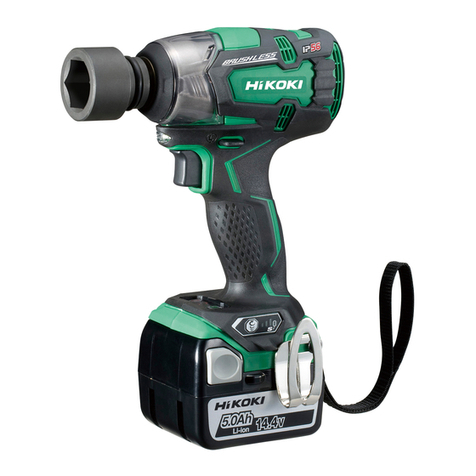
HIKOKI
HIKOKI WR 14DBDL2 User manual

HIKOKI
HIKOKI G1810DA User manual
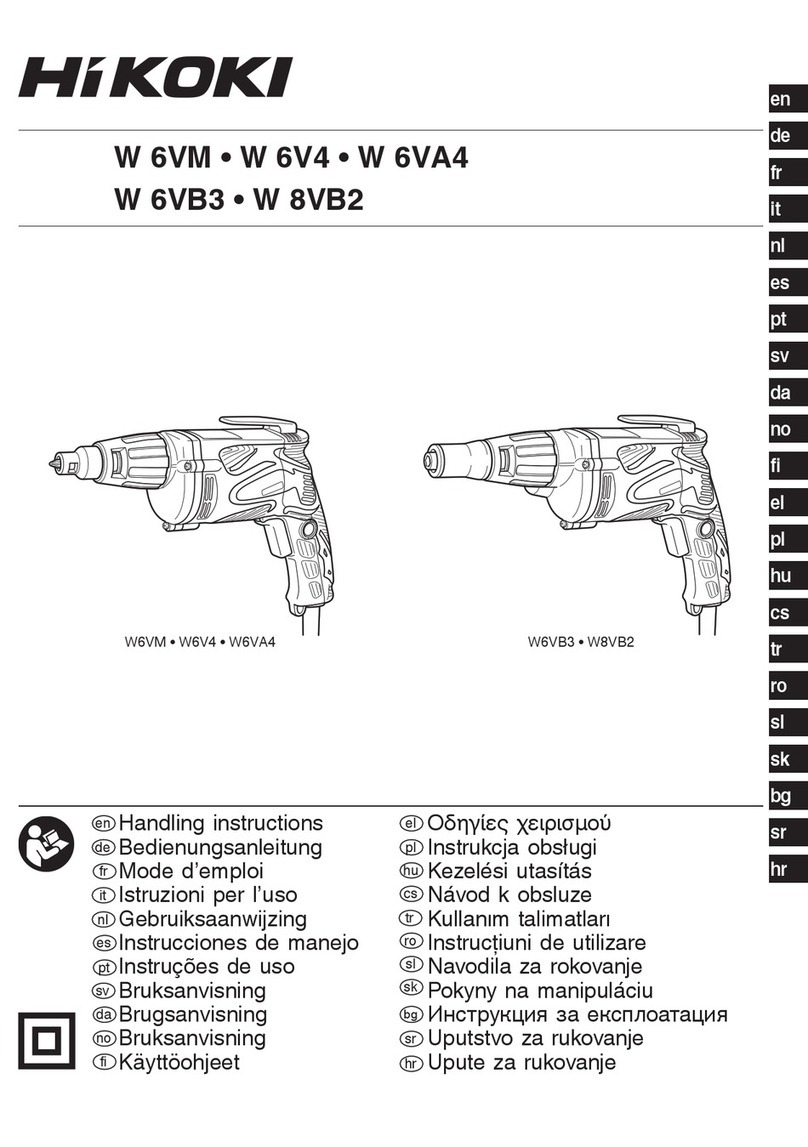
HIKOKI
HIKOKI W 6VM User manual
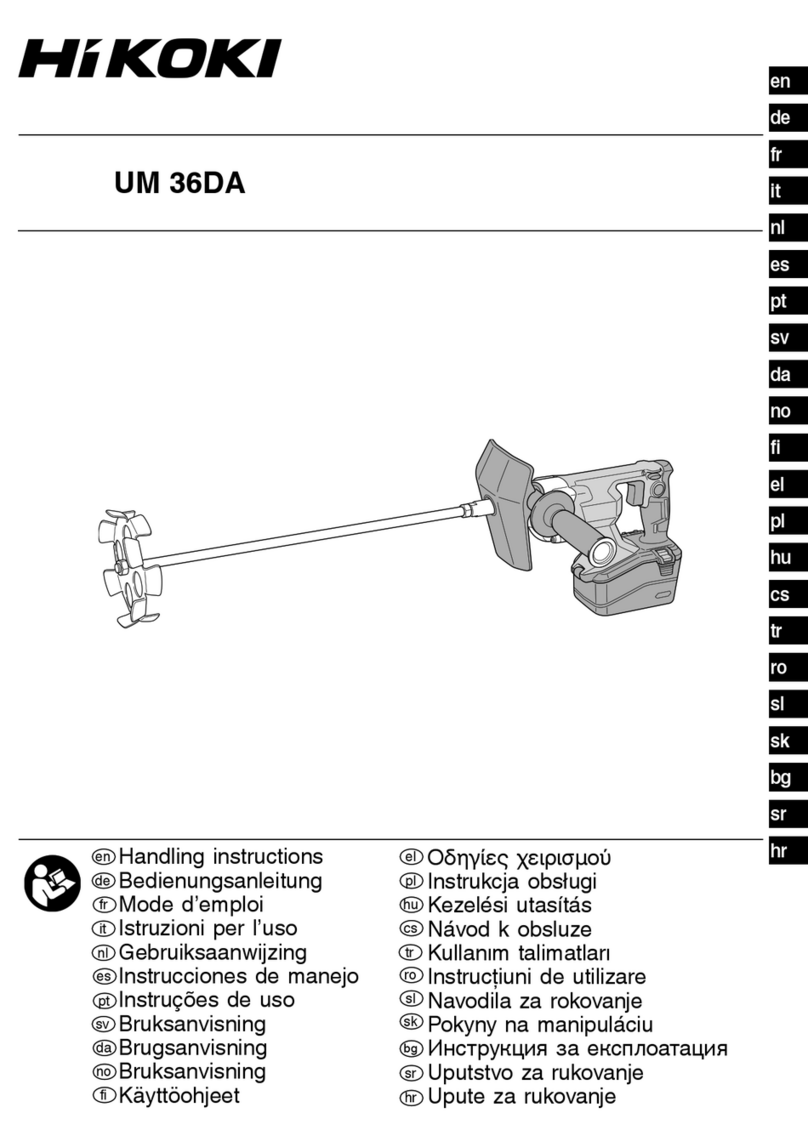
HIKOKI
HIKOKI UM 36DA User manual

HIKOKI
HIKOKI M 18DYA User manual
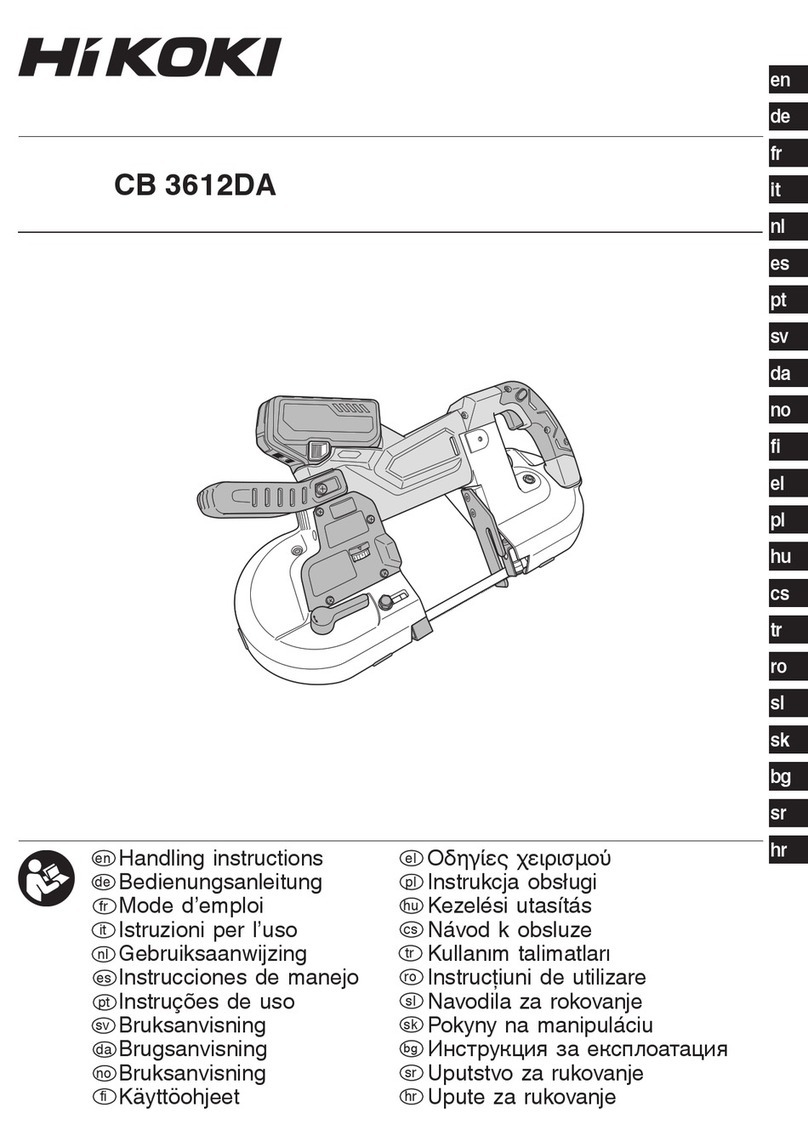
HIKOKI
HIKOKI CB 3612DA User manual

HIKOKI
HIKOKI CV 18DA User manual
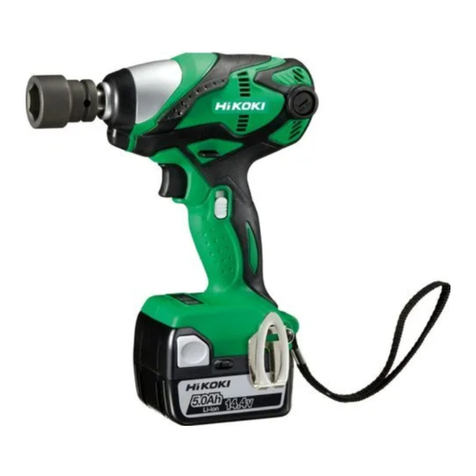
HIKOKI
HIKOKI WR 14DSDL User manual
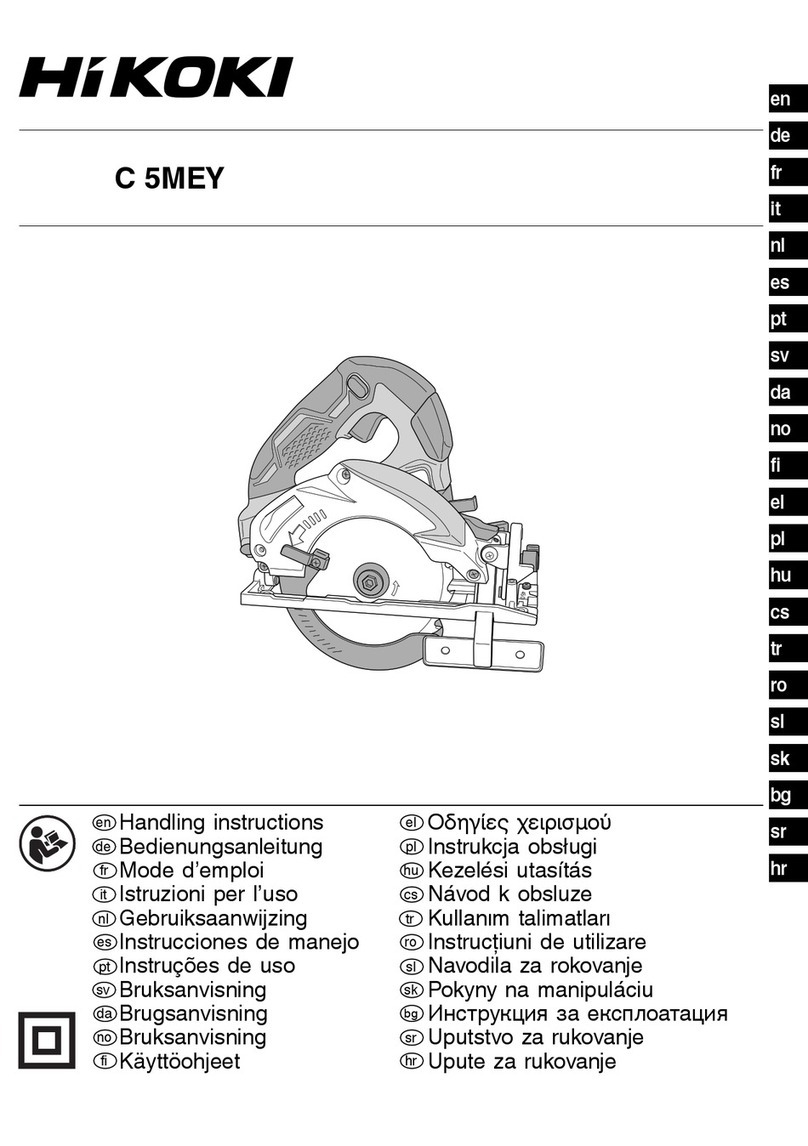
HIKOKI
HIKOKI C 5MEY User manual
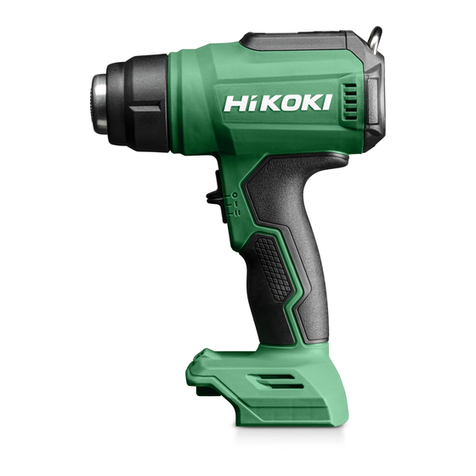
HIKOKI
HIKOKI RH 18DA User manual

HIKOKI
HIKOKI WM 14DBL User manual
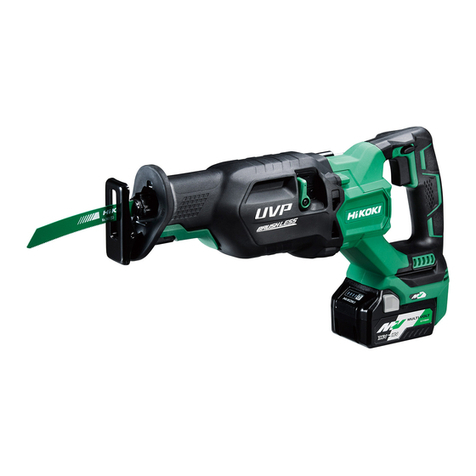
HIKOKI
HIKOKI CR 36DA User manual
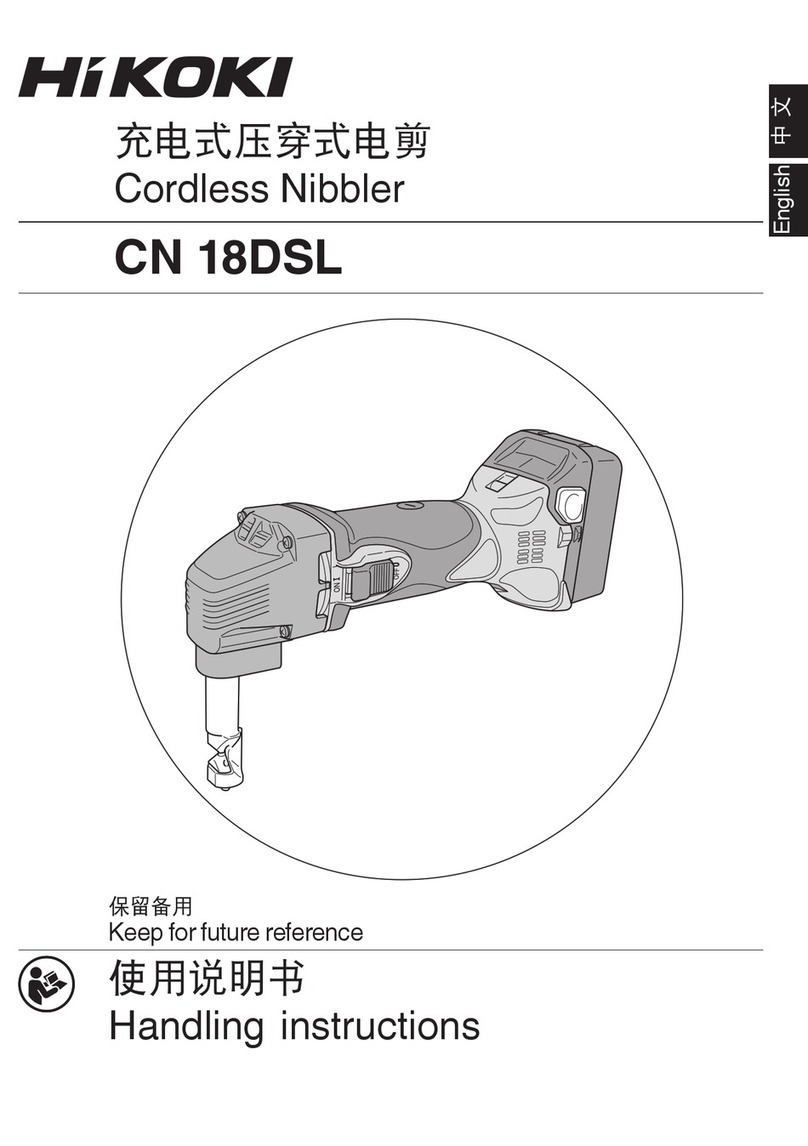
HIKOKI
HIKOKI CN 18DSL User manual
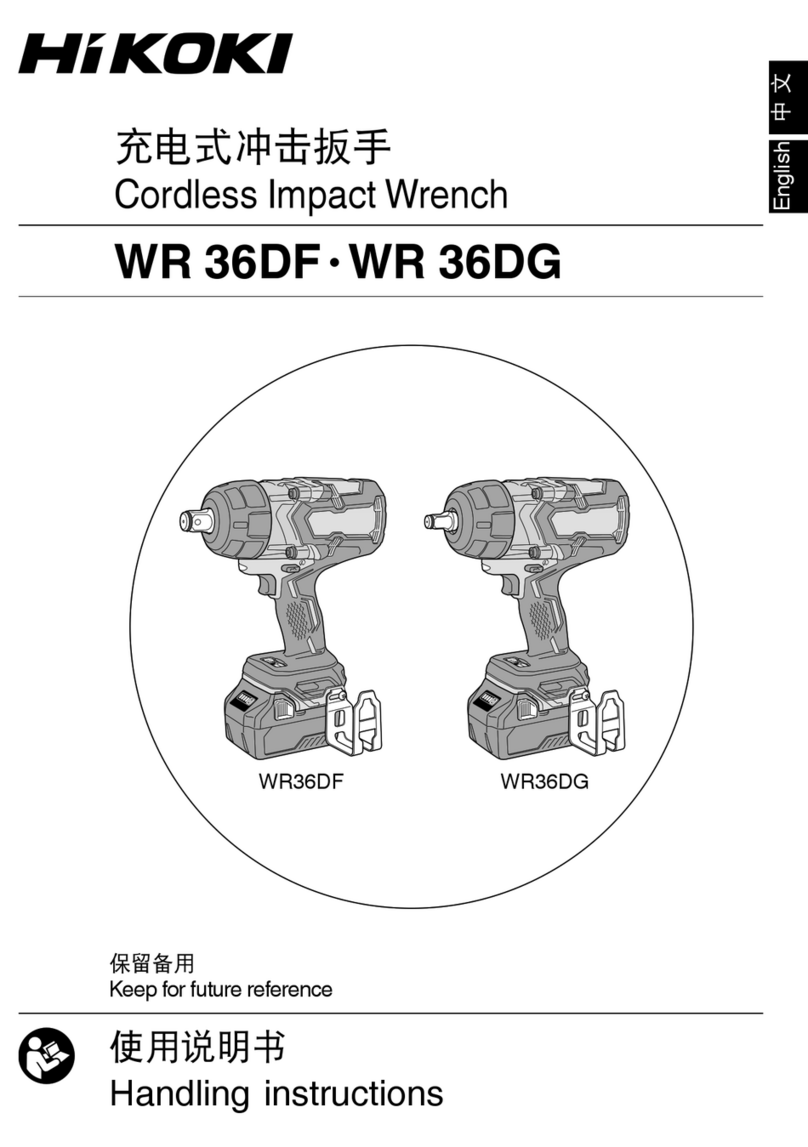
HIKOKI
HIKOKI WR36DG User manual
